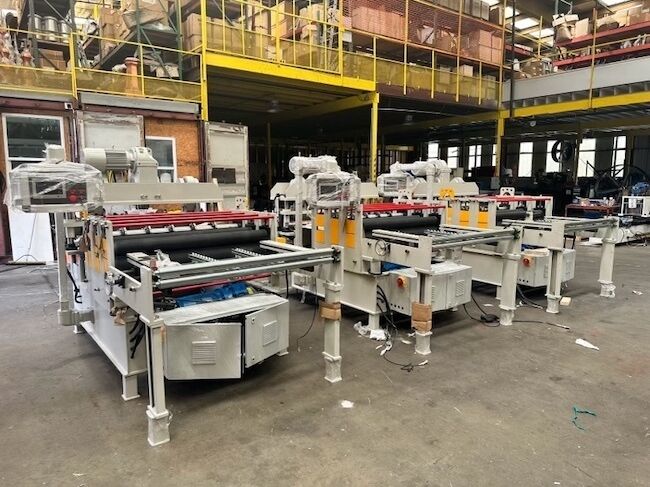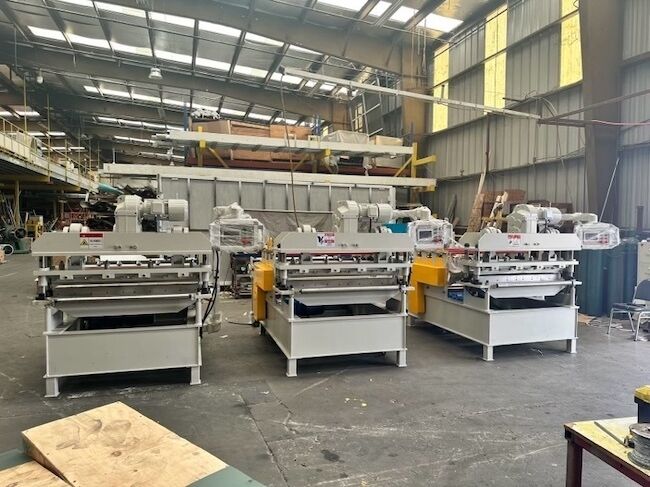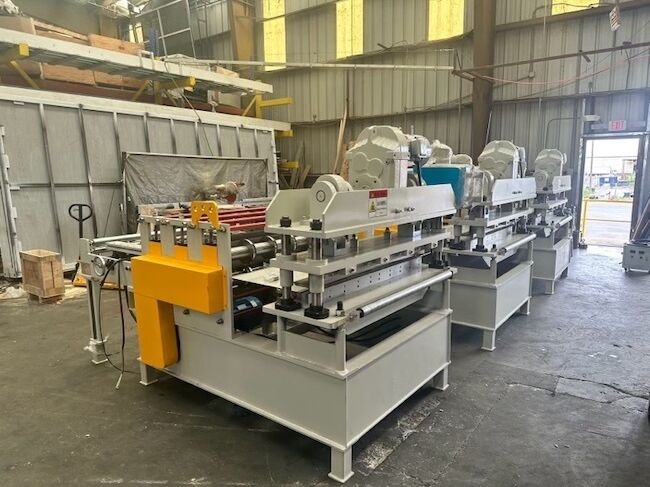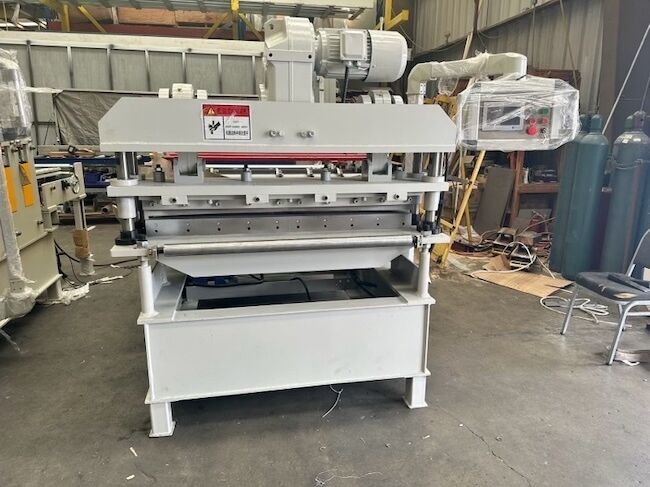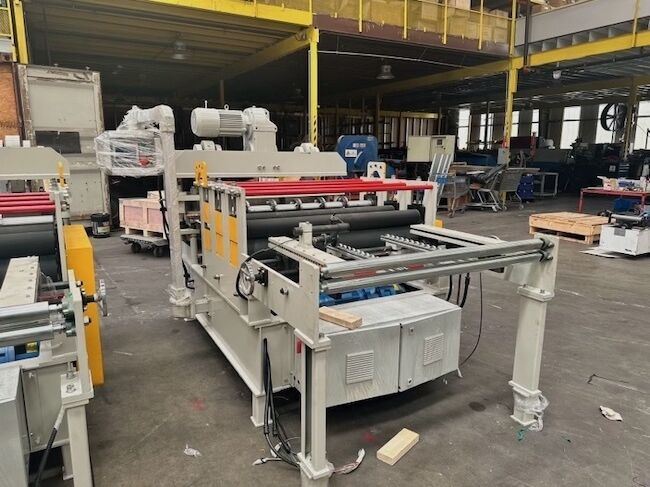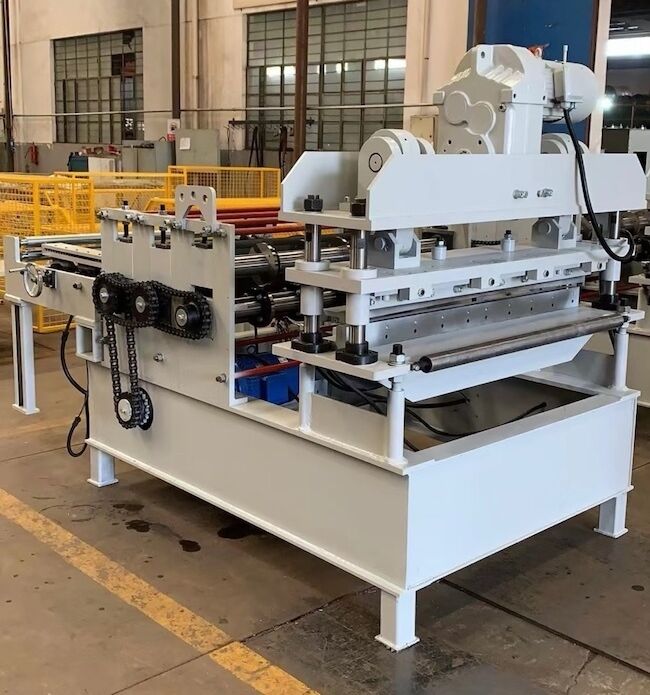Slitter Blanking Line
Get a Quote
Send us a message and we’ll get back to you shortly.
Slitter Blanking Line Specifications
- Electric Slitter
- Cnc Controls
- 240v 3 phase 60hz
Slitter Blanking Line Description
A Slitter Blanking Line is a type of industrial equipment used in the metal processing and manufacturing industry. It is designed to process large coils of sheet metal or coils of other materials, such as aluminum, steel, or stainless steel, into smaller, more manageable strips or blanks of consistent width and length. This process is commonly used in the production of various metal components, including automotive parts, appliances, electrical enclosures, and more.
Here are the key components and functions of a Slitter Blanking Line:
- Uncoiler: The process begins with a coil of sheet metal, which is loaded onto an uncoiler. The uncoiler feeds the coil into the line, and the metal is unwound from the coil as it progresses through the system.
- Straightener: Before slitting or cutting the metal, it often passes through a straightener to remove any coil set or curvature in the material. This ensures that the strips or blanks produced are flat and straight.
- Slitter Head: The slitter head is the core component of the line responsible for cutting the wide coil into narrower strips. It typically consists of multiple circular blades or knives that can be adjusted to achieve the desired strip width. The operator can configure the slitter head to cut the metal into multiple strips simultaneously.
- Recoiler: After the metal is slit into strips, it is wound onto individual recoiler mandrels. Each recoiler mandrel collects a separate strip. These recoiled strips are typically wound tightly and evenly to create coils of the desired width.
- Scrap Chopper or Scrap Baller: During the slitting process, there is often leftover edge trim or scrap material. A scrap chopper or scrap baller is used to remove and dispose of this scrap material efficiently.
- Shear or Blanker Unit (Optional): Some slitter blanking lines are equipped with a shear or blanker unit that can further process the slit strips into specific lengths or shapes, creating blanks instead of continuous strips.
- Conveyor System: Conveyors are used to transport the processed strips or blanks to the next stage in the manufacturing process or for further inspection and packaging.
- Control System: Modern slitter blanking lines are equipped with computerized control systems that allow operators to input specific parameters such as strip width, length, and quantity. These systems also monitor and control the entire line's operation, ensuring precision and consistency.
Slitter blanking lines are highly versatile and can be configured to handle a wide range of materials and thicknesses. They are crucial for achieving efficiency and precision in the metal processing industry, helping manufacturers meet their production requirements and quality standards.
